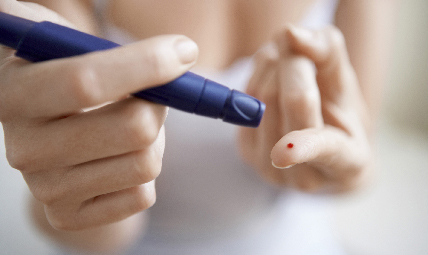A device that monitors and automatically regulates the body’s glucose levels promises to dramatically improve the quality of life for people with type 1 diabetes, a disease that typically develops in early childhood.
The technology, known as an artificial pancreas, is being developed by Dr Roman Hovorka, Director of Research at the University’s Metabolic Research Laboratories. His ground-breaking work uses a computer algorithm to analyse glucose levels and automatically deliver insulin. The technology has been licensed to a major medical devices company with the help of Cambridge Enterprise’s Life Sciences team.
Type 1 diabetes is an autoimmune condition in which the pancreas is unable to produce insulin, a hormone which regulates blood glucose levels. Over time, high levels of glucose can damage the body’s organs. People with type 1 diabetes currently rely on multiple insulin injections or insulin pump therapy to monitor glucose levels; a child diagnosed at the age of five faces up to 19,000 injections and 50,000 finger-prick blood tests by the time they are 18, and parents often have to wake up several times a night to check glucose levels.
The system, which is worn like an insulin pump, monitors and adjusts insulin levels just as the pancreas does in people without diabetes. A glucose sensor under the skin transmits blood glucose level data wirelessly to a monitor, which then calculates the insulin delivery required. As the insulin levels are corrected every few minutes, use of the device levels out the peaks and troughs in blood glucose levels that occur with traditional glucose monitoring. The artificial pancreas has been trialled in children, adults and pregnant women at the NIHR/Wellcome Trust Clinical Research Facility (CRF) at Addenbrooke’s Hospital campus, and more recently in people’s homes.
Results showed that among children aged 12 to 18, blood glucose control improved and the number of night-time hypoglycaemic episodes, which can result in death or coma, decreased 40%. More than $4 million in funding for Hovorka’s research has come from the Juvenile Diabetes Research Foundation.




